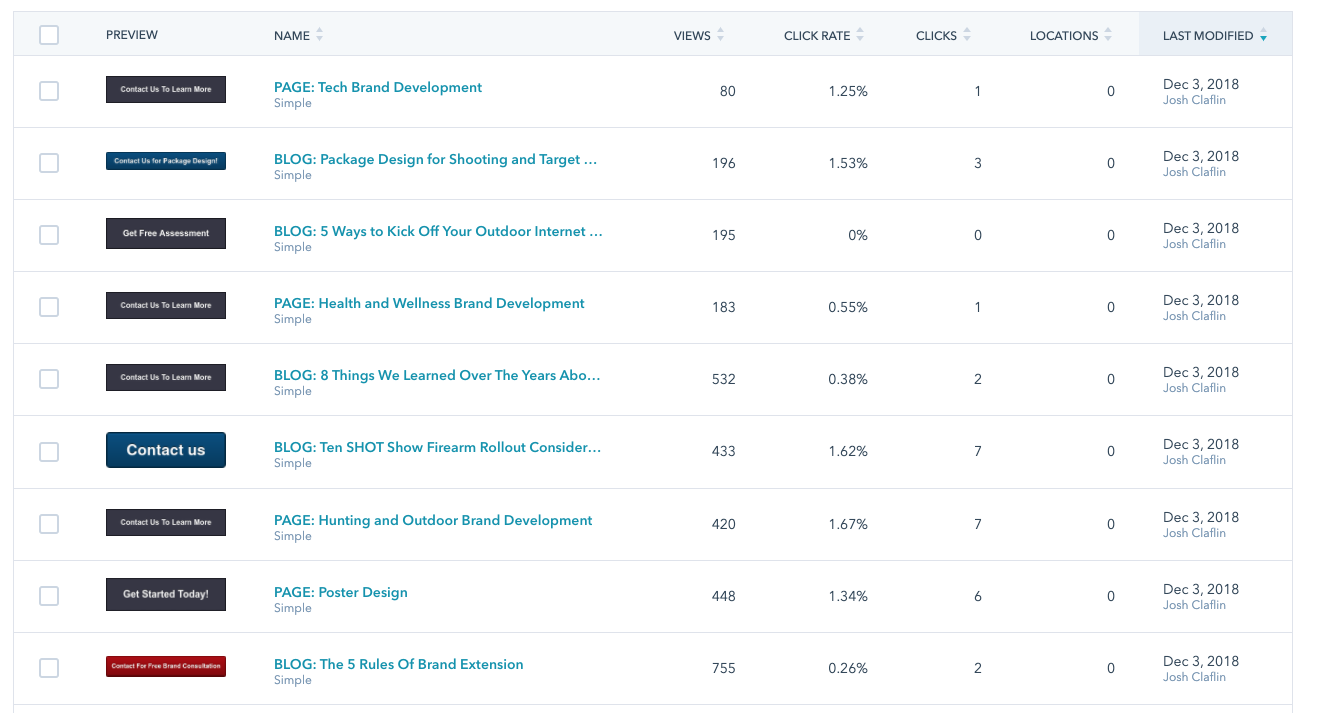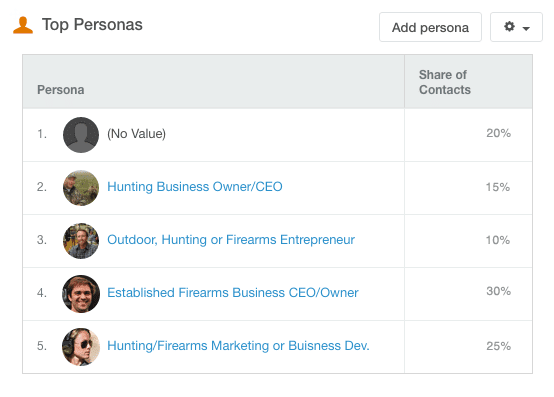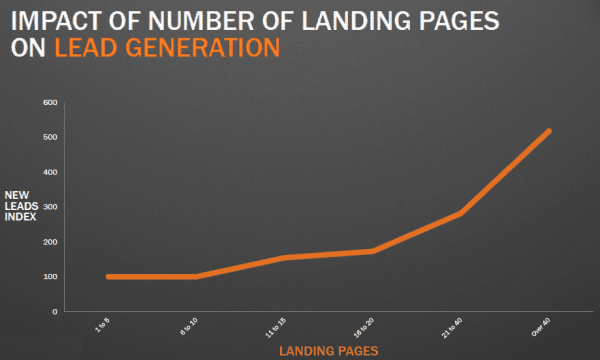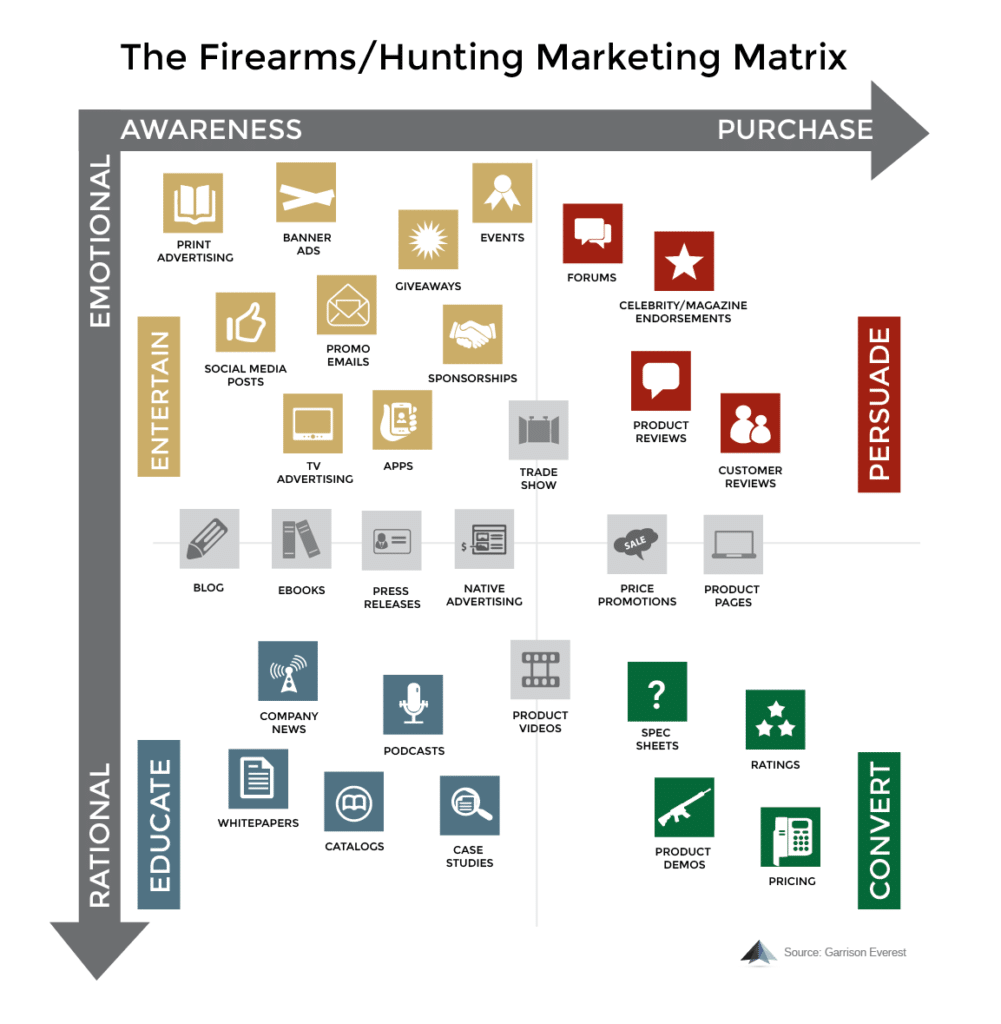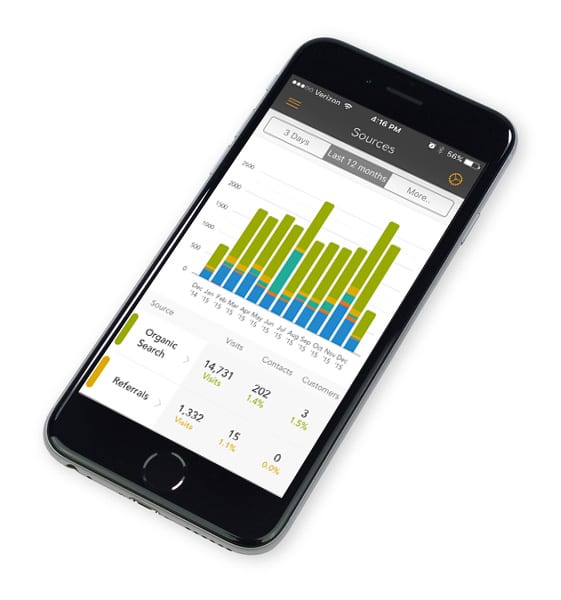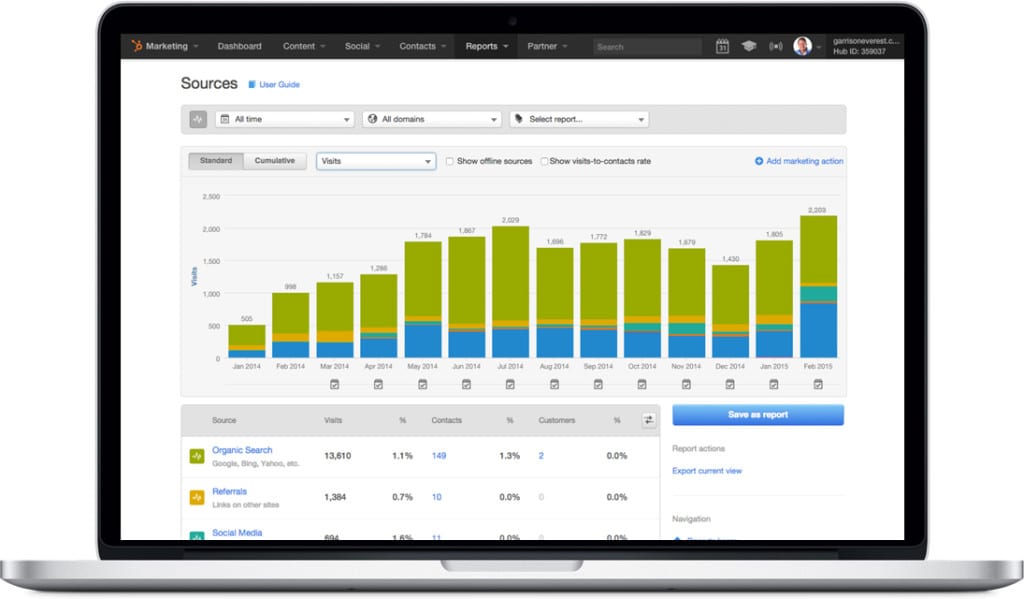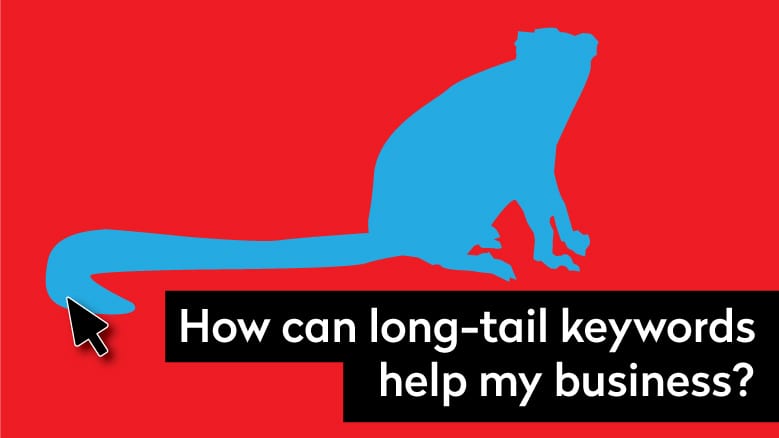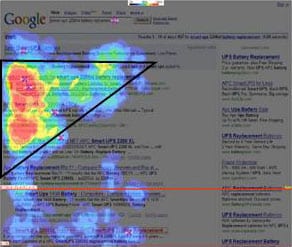
HubSpot is the leading marketing automation tool for inbound marketing. Heck, they coined the term “inbound marketing.” If you’re using the system or are interested in HubSpot and how it can bring a much-needed understanding to your online marketing efforts, then in this post—I’ll give you 3 tips I’ve learned along the way to keep your HubSpot portal organized and running smoothly as you build traffic, leads, and sales for your outdoor, hunting or shooting sports company.
1. Keep your CTAs organized
“CTA” stands for Call-to-Action. CTAs are those little (or big) bright buttons (see the bottom of this page) or small ads on your web pages, blog posts and emails. They are like beacons that lead your visitors through the buyers journey and tells them what action you want them to take and where to go on your website.
Here’s why CTAs are important:
- More than 90% of visitors who read your headline also read your CTA copy. (Unbounce)
- Emails with a single call-to-action increased clicks 371% and sales 1617%. (WordStream)
- Adding CTAs to your Facebook page can increase click-through rate by 285%. (AdRoll)
We live in an attention deficit world. CTAs help you focus your website visitors on what to do next. If your goal is to convert your website visitor to a customer, lead or subscriber—CTAs are how you do it.
CTAs however in HubSpot can get quickly out of control. By not organizing your CTAs properly, you’ll start to get lost when it comes time to analyze the data.
A simple suggestion is to label your CTAs in this syntax: LOCATION: TITLE OF POST/OFFER. See example below.
By keeping your CTAs organized by where they appear on your site and by title, you can quickly analyze which pieces of content are working and which ones are not. You can also use the various sort functions and charts within HubSpot.
2. Start your persona and list segmentation early
One of the biggest mistakes I see when companies begin an inbound firearm marketing program is they start with unsegmented lists that they built from their previous email marketing program like MailChimp or Constant Contact.
This is problematic because they failed to capture key prospect information like hunter or shooter type, company name, and essential buyer persona interests. This leaves you with a mixed bag of contacts that doesn’t provide you with the understanding of who makes up your contact list, which is foundational to personalization or “one-to-one marketing.”
Personalization statistics:
- When asked to prioritize one capability that will be most critical to marketing in the future, one-third of marketers answered: “personalization.“
- Marketers see an average increase of 20% in sales when using personalized web experiences.
- Personalized CTAs resulted in a 42% higher conversion rate than generic CTAs.
- 74% of consumers get frustrated when website content appears that has nothing to do with their interests.
- 76% of marketers define real-time marketing as personalizing content in response to customer interactions.
- 78% of CMOs think custom content is the future of marketing.
If you’re planning on starting an inbound marketing campaign in the near future, start your segmentation efforts now if you’re still using a standalone email or form marketing application. Define your buyer personas and add in form fields that allow your prospective customers to self-identify when they provide their contact information when exchanging it for one of your downloadable offers.
3. Build 10-15 landing pages to supercharge your lead generation efforts
Without a focused and persuasive landing page, your lead capture efforts will fall flat. But also just as important is that you have enough.
Landing page facts:
- 48% of marketers build a new landing page for each marketing campaign.
- 68% of B2B businesses use landing pages to garner a new sales lead for future conversion.
- 16% of landing pages are free of navigation bars.
- A whopping 68% of B2B organizations have not identified their funnel.
(Source: HubSpot)
While most companies don’t see an increase in leads when increasing their total number of landing pages from 1-5 to 6-10, companies do see a 55% increase in leads when increasing their number of landing pages from 10 to 15.
And look how that leads index number spikes, even more when a company has 40 or more landing pages on their website. And here’s how it breaks down for B2B and B2C businesses:
Source: HubSpot
Make sure to clone each form for each landing page so that you can label and test for maximum effectiveness, especially when working with workflows.
By keeping your CTAs organized, segmenting your contact list from the beginning and creating more than 10-15 landing pages—you’ll keep your HubSpot subscription running like a well-oiled M4.



